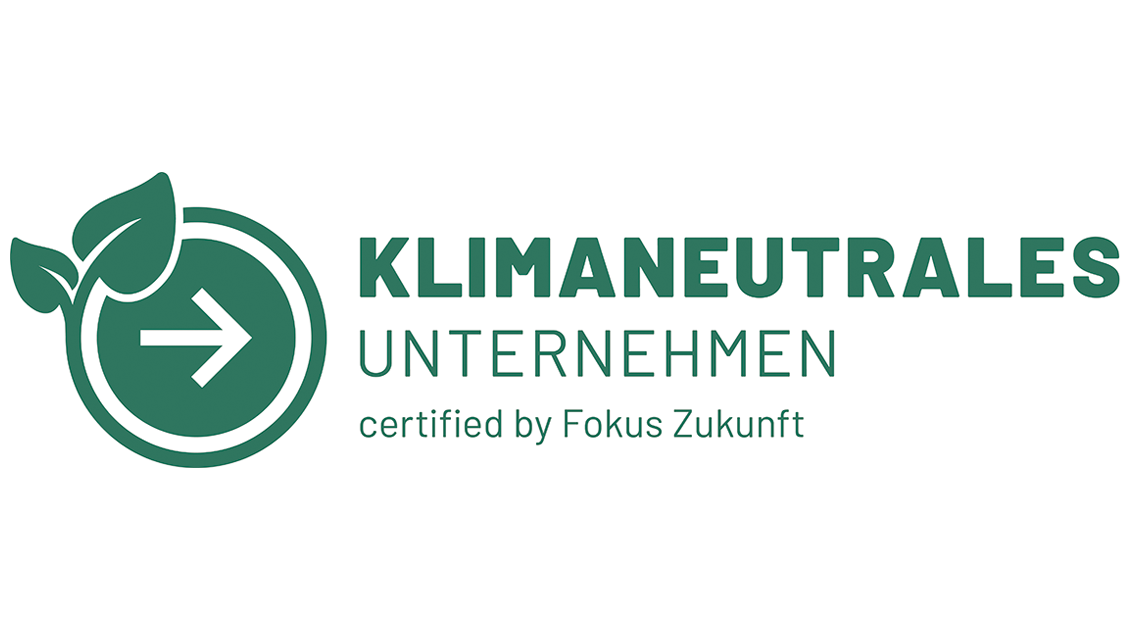- Careers
- Media & Events
- Downloads
-
- Europe
- Belgium
- Germany
- United Kingdom
- France
- Norway
- Austria
- Switzerland
- Czech Republic
- North America
- Canada
- USA
- Middle East & Africa
- United Arab Emirates
- Saudi Arabia

16.02.2021 | Press Release
Heilbronn – February 2021. Technology leader WOLFFKRAN continues to live up to its pioneering reputation by becoming one of the first manufacturers in the industry to be certified as a climate-neutral company in Germany. Andreas Kahl, Managing Director of WOLFFKRAN GmbH in Germany, announced numerous other climate initiatives.
“As an industrial company, we’re keenly aware of our special responsibility to future generations”, says Kahl. “This certification is an important step on our path towards a climate-conscious business.” It was conducted by Fokus Zukunft GmbH & Co. KG, an independent sustainability consultancy, which evaluated the CO2 emissions at WOLFFKRAN’s two production sites in Heilbronn and Luckau and its R&D center in Ilsfeld, finding a total footprint of 4,035 tons of CO2-equivalent pollutants.[1] In comparison, the average German generates around 11 tons of CO2 annually.
The crane manufacturer is offsetting the identified annual greenhouse gas emissions with the purchase of 8,070 climate protection certificates for the years 2020 and 2021. WOLFFKRAN is thus one of the first manufacturers in the industry to voluntarily compensate for its emissions in accordance with the Clean Development Mechanism defined in the Kyoto Protocol. “By purchasing these certificates, we’re supporting a hydropower project in Uganda”, explains Kahl. “We selected this UN-certified and TUEV-audited project very conscientiously, and strongly believe it will make a positive contribution to protecting the climate,” he adds.
Regional climate protection projects planned
Carbon credits are only one aspect of WOLFFKRAN’s commitment to mitigate climate change. “We want to take many more steps in
Germany in 2021,” explains the Managing Director. “Among other
things, we plan to install solar panels on the roofs of our manufacturing plants. We also want to convert our production facilities to green energy, continue to educate our staff on how to conserve energy and resources in their day-to-day work, support a reforestation project in the Luckau region and, in collaboration with Heilbronn schools, plant flower fields and establish bee colonies,” says Kahl. “I firmly believe that by tracking and visualizing our CO2 output, we can continuously sharpen our awareness, which will lead to a major mindset changes and new ideas surrounding climate protection – both within our company as well as for our customers, partners and ultimately our entire industry.”
[1] The seven main greenhouse gases defined by the IPCC and the Kyoto Protocol are used to calculate greenhouse gas emissions: carbon dioxide (CO2), methane (CH4), nitrous oxide (N2O), hydrofluorocarbons (HFCs), perfluorocarbons (PFCs), nitrogen trifluoride (NF3) and sulfur hexafluoride (SF6)